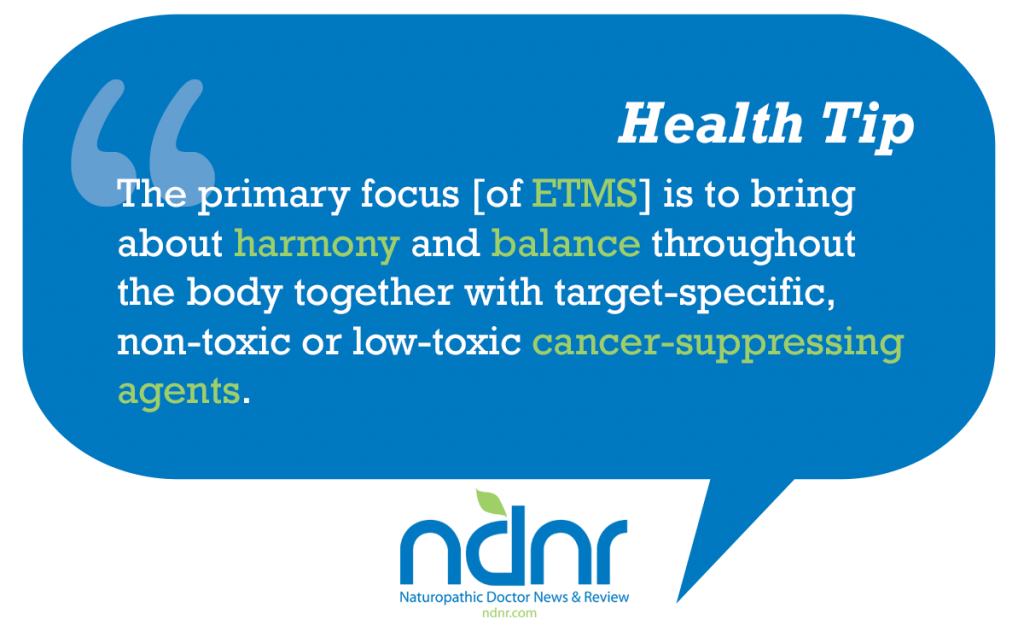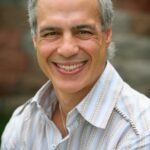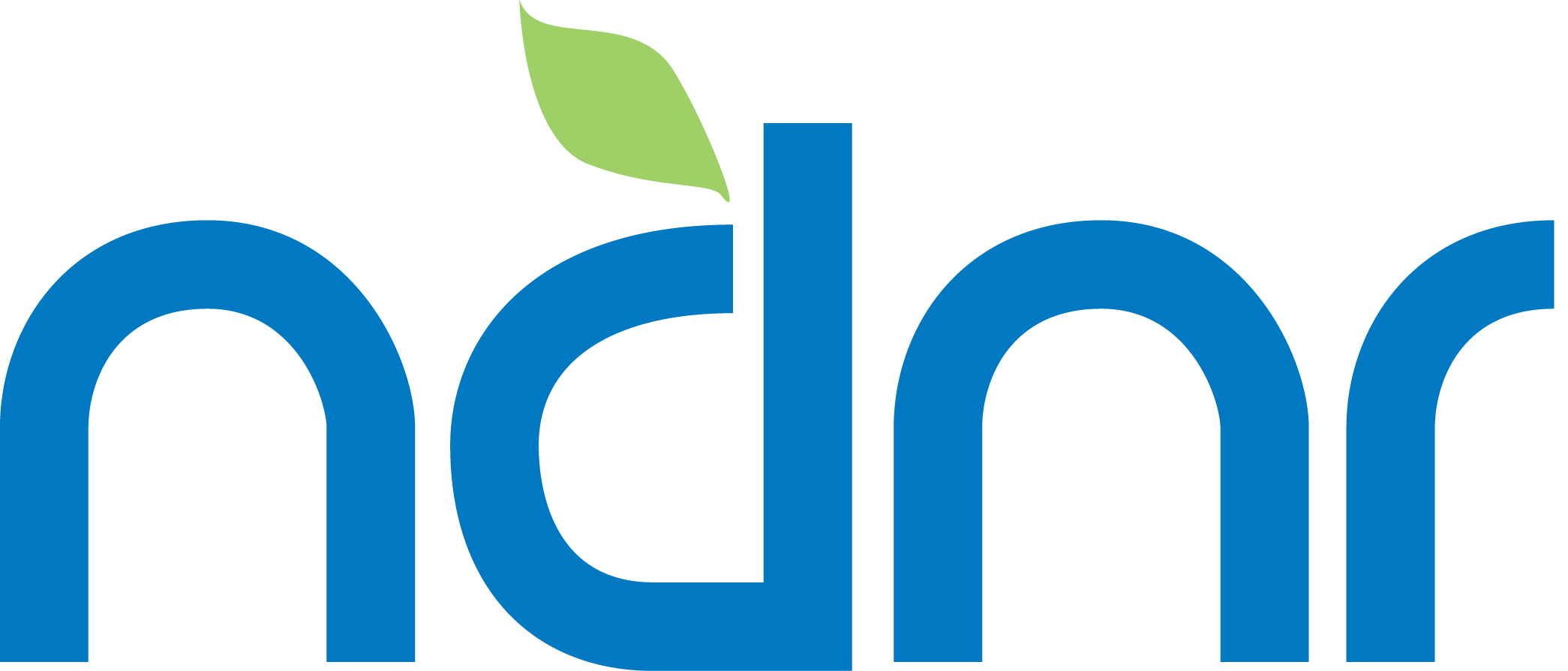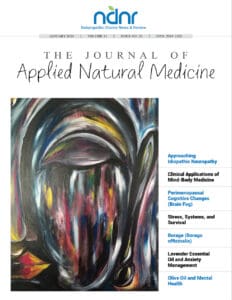Dicken Weatherby, ND and Donald R. Yance, CN, MH, RH(AHG)
Whenever we treat a person with cancer, or with any disease for that matter, we must first approach the root-base or source. Every stream on Earth has a source, every plant has a root, and every person has a “vital force.”
“If we water a root, it will grow and branches will sprout; these are the laws of nature. The experienced physician, therefore, will always consider the source.” – Li Zhongzi, Yizong Bidu, 1637
In looking at the whole person, we come to understand that cancer is part of self, rather than seeing the cancer cell as an isolated entity. Cancer usually involves a cascade of highly complex contributing factors that are, in part, hereditary genetic weaknesses. However, these factors vary drastically from person to person. For instance, there are hundreds of types of breast cancer that are constantly undergoing change and mutation, yet underneath each type is a unique individual. In helping patients with cancer, our commitment is to understand and positively affect what is endogenous, while at the same time understand what is exogenous and can be positively changed.
 ETMS
ETMS
The Eclectic Triphasic Medical System (ETMS), developed by this article’s co-author, Donald R. Yance, is an integrative and holistic approach to significantly improving patient quality of life and lifespan. The ETMS model serves as a highly innovative practitioner’s guide for developing personalized, patient-centered treatment regimens for those with chronic illness and cancer. The emergence of this model culminates nearly 20 years of clinical practice.
The ETMS integrates principles essential to the treatment of cancer from both traditional and modern medical systems, and employs herbal medicine as the primary treatment modality. This immensely rich herbal foundation stems from the American eclectic and physiomedical Western herbal traditions as well as Chinese or East Asian Medicine, incorporating the best of holistic and conventional medicine supported by modern science.
The ETMS is comprised of three interwoven branches:
- The first branch examines the personal energetic processes, or the core constitution of the person (spirit, mind and body). These are evaluated from an individualized perspective, taking into account aspects such as the efficiency of the secreting endocrine organs and detoxification systems, dietary habits, and lifestyle factors such as sleep patterns, stress and the inner spirit.
- The second branch examines the external environment, including one’s perceptions and influences, both psychic and physical.
- The third branch examines the intracellular and extracellular terrain, involving the energetic and physiological processes of cancer, or processes manipulated by cancer. In this branch, a thorough oncological investigation, analysis and interpretation of pathology and blood chemistry provide important clues to identifying the characteristics involved in the specific cancer cell type from a molecular perspective: what activated it, what controls its growth and what enables it to metastasize. The tissue the cancer originated in (such as the breast) becomes less relevant to this type of targeted therapy.
In the ETMS model, we think of cancer in terms of holonics. A holon is a system that is a whole in itself as well as a part of a larger system. Since a holon is nested in larger wholes, it influences and is influenced by these larger wholes. And since a holon also contains subsystems, it similarly influences and is influenced by these parts. Information flows both ways between smaller and larger parts. When this bidirectionality of information flow is compromised, the system begins to break down. Wholes no longer recognize their dependence on their subsidiary parts, and parts no longer recognize the organizing authority of the wholes. Cancer may be understood as such a breakdown in the biological realm.
ETMS practitioners stay abreast of the most up-to-date scientific research and applications while taking into account information pertinent to all holonic levels of the scientific model. These include the molecular, cellular and genomic levels, as well as the holistic view of the human being, as the higher order generated through the unified functioning of the integrated human organ systems. The ETMS practitioner recognizes the innate intelligence of the human system and its ability to adapt and respond accordingly through allostasis in the face of challenges and disturbances, and to use all available means to regulate itself by appropriately adjusting biological, cellular, immunological and hormonal responses. This ability is compromised in most people, and in particular those with cancer, whereby the body maintains a continuous state of dysfunction. This is the constant platform from which the ETMS practitioner seeks to build on, by offering foundational support through the use of botanical medicine in the form of tonics such as adaptogens, nutritives and organ system enhancers, as well as nutritional and dietary medicine. The goal of the ETMS practitioner is to apply these therapies to enhance the health of the internal terrain and improve one’s ability to resist disease.
A Holistic View
ETMS focuses on the practice of “healthy medicine,” which is aimed at the root source of ill health, with the primary focus being to bring about harmony and balance throughout the body together with target-specific, non-toxic or low-toxic cancer-suppressing agents. This is achieved through the application of multi-targeting herbal and nutritional formulations, dietary medicine and specific cancer-targeting therapies as indicated. Growth factor-suppressing drugs and tumor assay-driven cytotoxic therapies may also be needed, but most often at lower than standard (metronomic) doses. When approaching a disease such as cancer, it is important to formulate a balanced protocol that addresses both the biomechanics (characteristics) of the disease as well as the energetic weaknesses of the person. It is when the energy of cancer overrides the internal healing ability of the person that it can impede on one’s health and do serious damage. These two dynamic aspects, namely the ”cancer energy” and the person’s own internal healing energy, should be addressed with an understanding of the relationship, dynamics and interplay that co-exist between them.
The ETMS provides a framework for mapping out a strategic plan that is adaptable to each individual and his or her unique circumstances. This plan addresses the multitude of disease contributing factors, both internal and external environmental influences and internal environmental influences that have been altered by cancer. It addresses the cellular biological characteristics as well as important energetic factors while simultaneously encouraging the person’s innate capacity to heal, a concept foundational to naturopathic medicine but largely ignored by conventional medicine. For example, specific agents, natural and/or chemical, may invoke a targeted cytotoxic effect against tumor angiogenesis and metastatic progression while ETMS therapies also work to build resistance and protect the person’s vital energy and immune system from the damaging effects of conventional treatments. The fundamental objective of the ETMS is to support the vitality of the person, thereby providing the energy necessary to maintain the essential processes of cellular reproduction that enable one to thrive, while gaining control over the “cancer energy” so it becomes weak to the point that it can no longer invade and manipulate the internal environment for its own survival.
ETMS protocols are designed to work synergistically with standard conventional treatment plans and, in many cases, involve making unconventional changes to the “standard of care” treatments generally prescribed by allopathic physicians. Again, within the ETMS model, the practitioner aims to employ the most appropriate treatment for the individual, not the generally accepted treatments based solely on statistical analyses of heterogeneous patient groups bearing the same diagnosis. At times, herbal and nutritional therapies alone can effectively target multiple disease pathways and are preferential when there is greater risk than benefit in using surgery, radiation or chemotherapy. The coordinated effort of the patient, the ETMS practitioner and the oncologist is critical to ensure that the options, timing and type of treatment all are taken into consideration at each stage.
Our hope is that the ETMS will become the future of medicine: that which removes ego and fear and replaces it with compassion, humility, love and wisdom. The ETMS is a unique synthesis of the spiritual and physical perspectives, being uncompromising in its quest for truth in both realms. Through analysis of the objective experience recorded by millions of doctors and billions of patients over the last five millennia combined with the modern scientific facts, theories and statistical findings used as the basis of our modern biomedical system, the ETMS represents the culmination of the human potential for achieving a truly integrated medical system. We believe that applying this model in a specific, patient-centered format provides the best means to significantly improve patients’ quality of life and greatly contributes to increased longevity.
 Dicken Weatherby, ND is based in southern Oregon. A graduate of NCNM, Dicken is co-author of the bestselling book Blood Chemistry and CBC Analysis-Clinical Laboratory Testing from a Functional Perspective. He has self-published seven other books in the field of alternative medical diagnosis, has created numerous information products, and runs a number of successful Web sites (www.BloodChemistryAnalysis.com, www.Health-E-Marketing.com and www.StrawBale.com). He is involved in research, writing and consulting, and teaches functional diagnosis seminars in both the U.S. and his native country, the U.K.
Dicken Weatherby, ND is based in southern Oregon. A graduate of NCNM, Dicken is co-author of the bestselling book Blood Chemistry and CBC Analysis-Clinical Laboratory Testing from a Functional Perspective. He has self-published seven other books in the field of alternative medical diagnosis, has created numerous information products, and runs a number of successful Web sites (www.BloodChemistryAnalysis.com, www.Health-E-Marketing.com and www.StrawBale.com). He is involved in research, writing and consulting, and teaches functional diagnosis seminars in both the U.S. and his native country, the U.K.
 Donald Yance, CN, MH, RH(AHG) is an internationally known herbalist and nutritionist. He is the founder and medical director of the Centre for Natural Healing in Ashland, Ore. Through extensive research and clinical practice, he has developed his Triphasic system, which forms the cornerstone of his clinical approach. Donald is the founder and formulator of Natura Health Products, and founder and president of The Mederi Foundation, whose programs promote health education and clinical research on the use of natural medicine, with an emphasis in the field of integrative oncology.
Donald Yance, CN, MH, RH(AHG) is an internationally known herbalist and nutritionist. He is the founder and medical director of the Centre for Natural Healing in Ashland, Ore. Through extensive research and clinical practice, he has developed his Triphasic system, which forms the cornerstone of his clinical approach. Donald is the founder and formulator of Natura Health Products, and founder and president of The Mederi Foundation, whose programs promote health education and clinical research on the use of natural medicine, with an emphasis in the field of integrative oncology.

